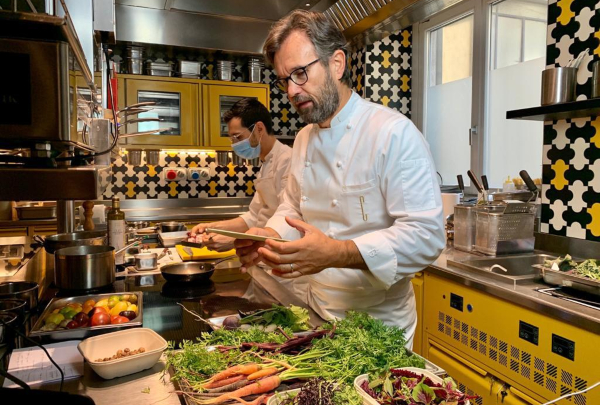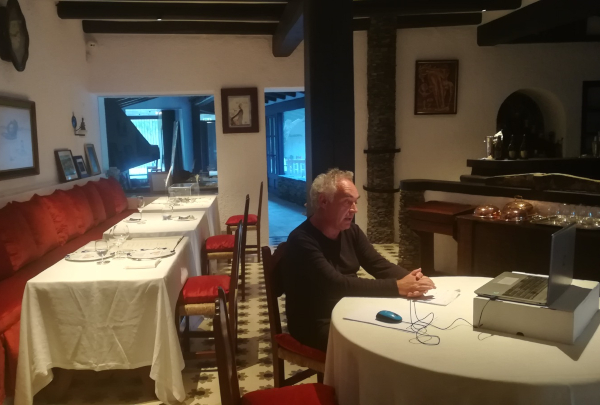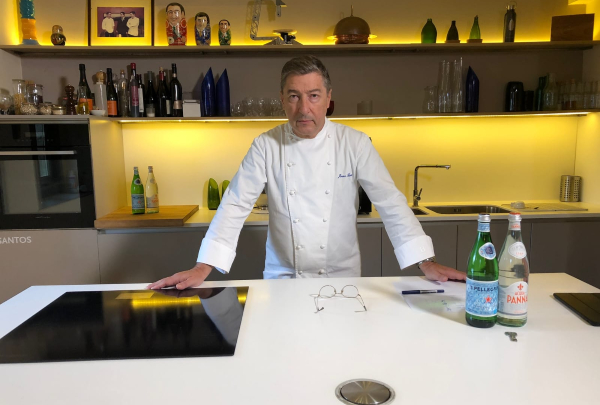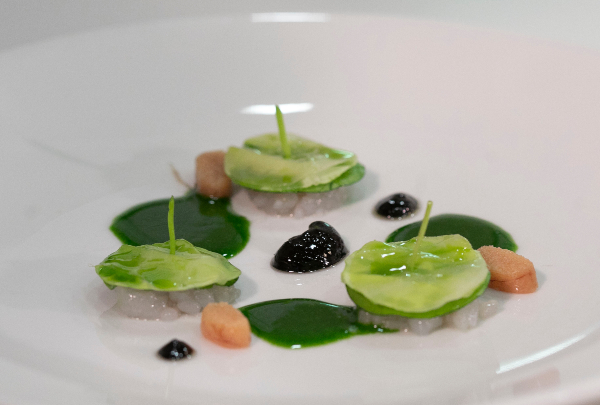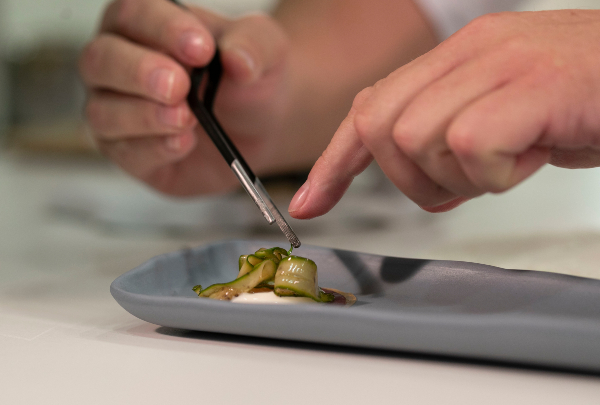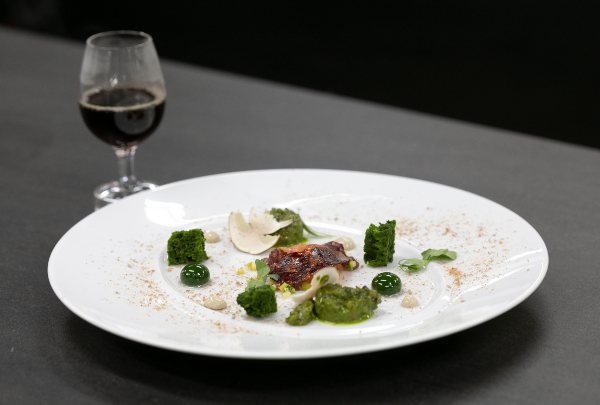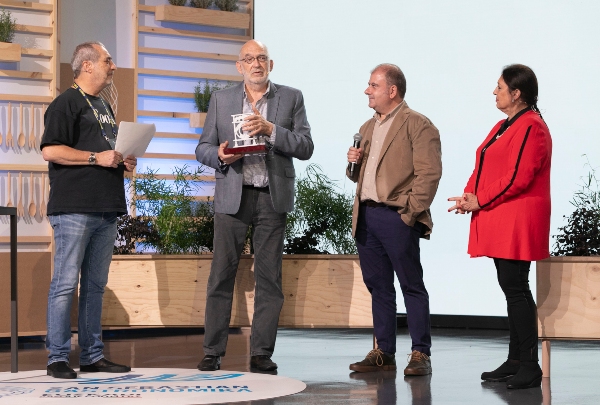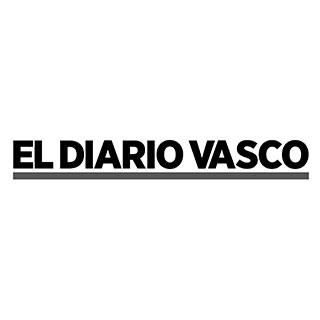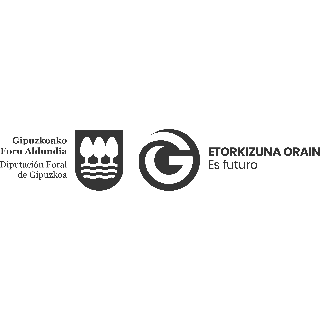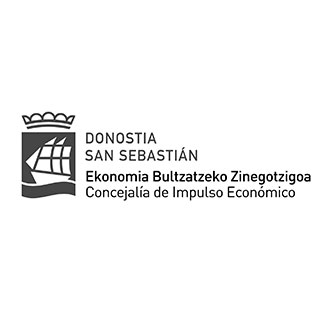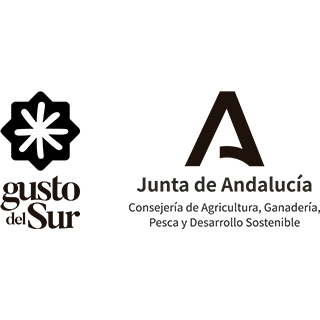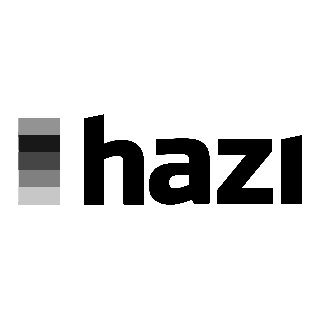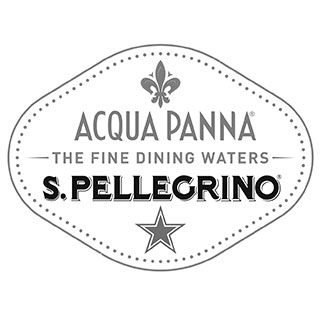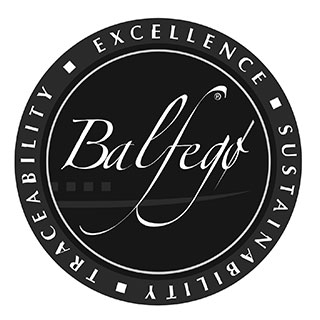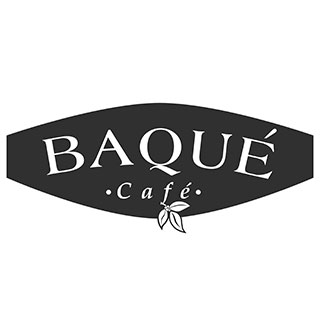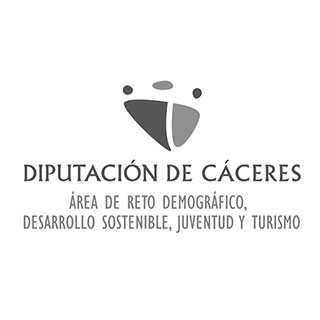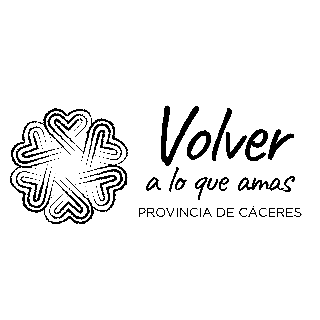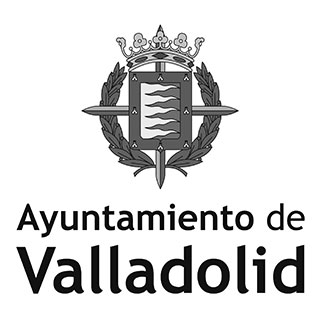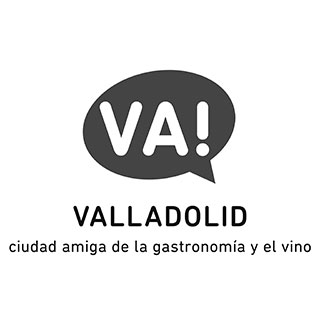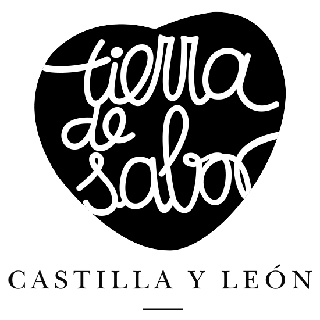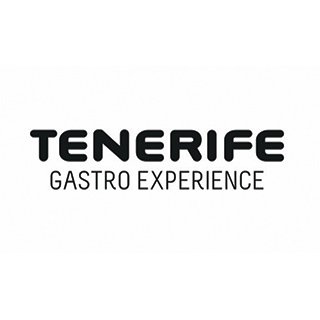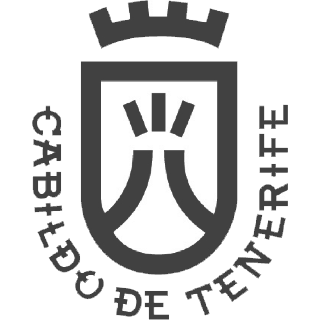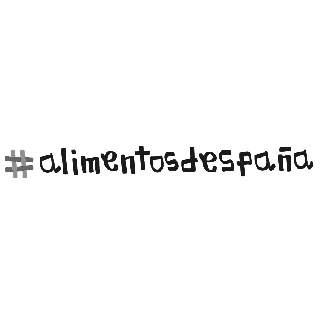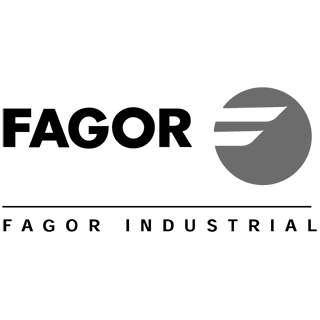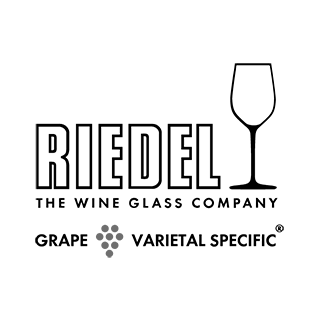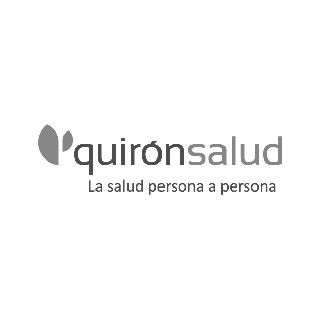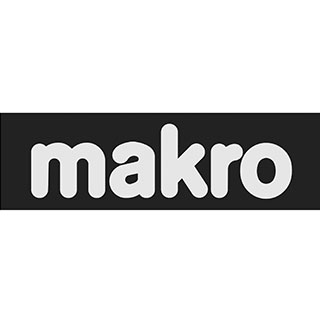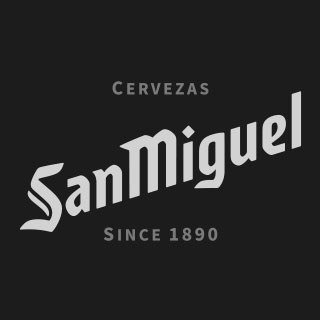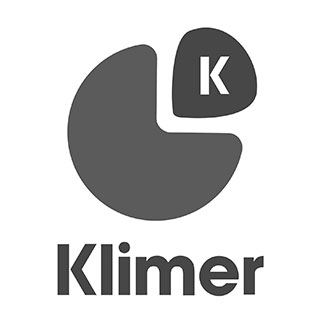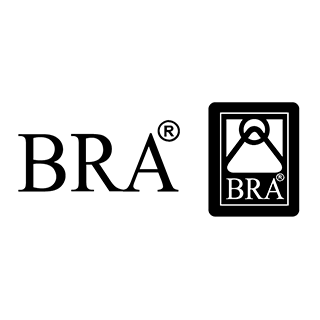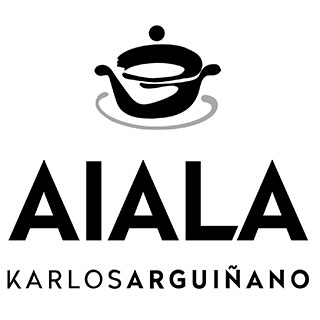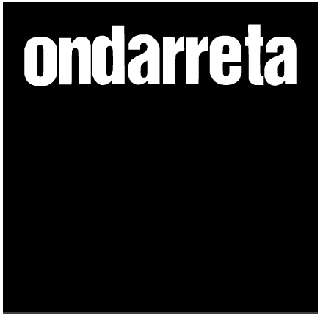News
Valladolid and its most representative products

Among the activities that can be enjoyed at this edition of the San Sebastian Gastronomika - Euskadi Basque Country congress is checking out the products from Valladolid and the goodness that this region has to offer.
The Fernando Pérez International Cooking School in Valladolid became the stage to showcase the different products that are produced in this region. Emilio Martín, chef at the Suites 22 restaurant, and the different representatives of the restaurants that endorse the products shown, described the characteristics of the most representative products.
One example of this is Pago de ValdeCuevas oil, an Arbequina extra virgin olive oil that comes from the olive trees in Media de Rioseco, an area which, due to its climate and soil characteristics, is good for growing olive groves. As the mill is located next to the olive grove, the extra virgin olive oil is produced in less than two hours. This is a smooth Arbequina, with a certain amount of spiciness and bitterness and a very subtle note of sweetness at the end. It also has hints of ripe banana, tomato and even artichoke. The combination is ideal for any dish. Emilio suggested bread from Valladolid with an origin mark to accompany it.
Next, Emilio Martín focused on the canning tradition in the area and showed us three products: organic asparagus from Luis San José (with more than 20 years of experience in growing asparagus using organic methods); a red cardoon from Ver Artes, a new product the main characteristic of which is that it is more tender than the traditional cardoon, and cardoon heart, a gourmet snack with limited production. All were heat treated and preserved without chemicals. What should we pair them with? Valladolid boasts five designations of origin, so there is plenty to choose from. On this occasion, a white wine was recommended, specifically a Rueda.
One of the most emblematic products from Valladolid is its lamb. It would be inconceivable to ignore it in an activity looking at the region's most representative products. The La Parrilla de San Lorenzo restaurant (with more than 35 years perpetuating the tradition of this dish and its recipe) was given the task of presenting the product. The key to a good roast is a good raw material, a wood-fired oven and a master grill chef. Naturally, in order to guarantee the taste, the meat must be certified with a Protected Geographical Indication (PGI), which ensures its quality. To prepare it, the thirteen chops are removed from each side, cut into quarters and roasted in earthenware casseroles with water and salt for two and a half hours. And to accompany it? The restaurant staff have no doubts: “a Ribero del Duero or a Cigales”. And they added that right now they are trying to have their lamb declared a Cultural Asset.
The region's cheeses rounded off the session. Las Cortas presented four different types, three made with raw milk and one with pasteurised milk. All were made from sheep’s milk. It also has a natural yoghurt and two fermented ones, one with bifidus and another with kefir. And to pair with them? A red wine from Toro DO.
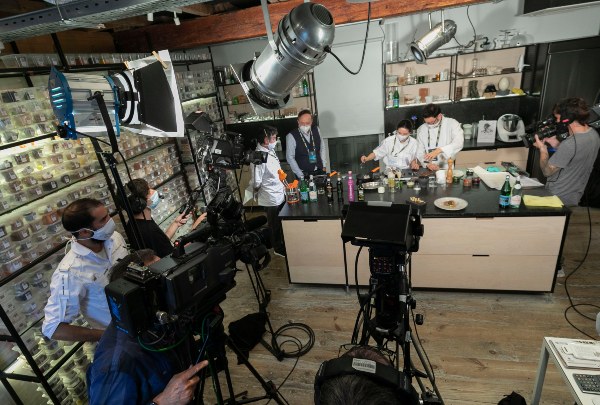
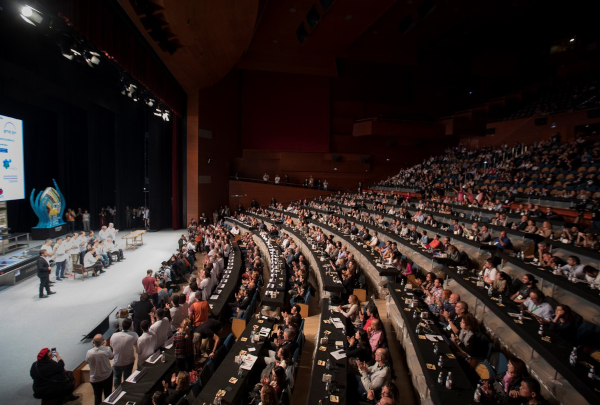
.jpg)
